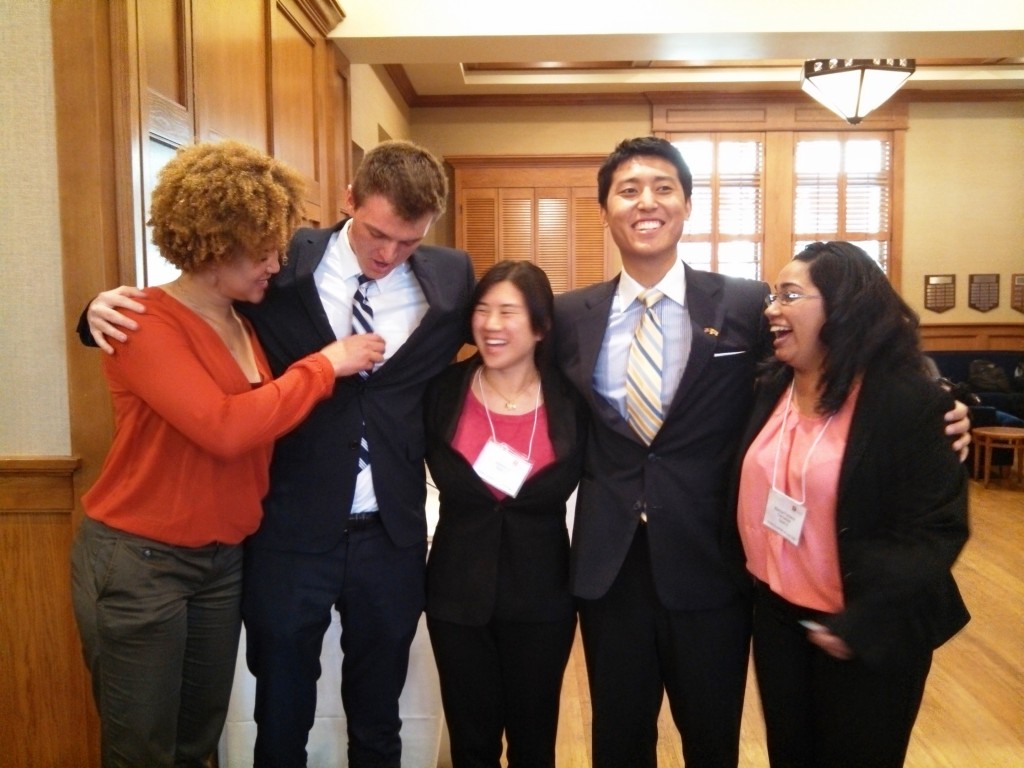As the semester drags on, many students like myself are faced with a grim reality. We’ve ignored it, pushed it to the back burner since the beginning of the semester, and hoped that it would simply go away. Group projects, papers, and presentations plague many a classmate and many with whom I’ve spoken believe that they are a creative and cruel ploy by professors to draw us out of our collective shells. Now, for the sake of transparency, as a science student, my classes often come with a additional laboratory component where I am “forced” to work with others. Recently, I’ve been blessed with a tremendous lab group (shout out to my peeps!), though I haven’t been spared of my fair share of challenging pairings in the past. As such, I’ve learned a few things about working effectively and stress-free with your peers.
Try your hardest to synthesize everyone’s POV, including your own. No one can complete everything at once, so learning to be flexible in group scheduling and time management is key. On the other hand, jeopardizing your schedule, or your sanity, doesn’t help anyone either and, if you respect your group members, you should be able to believe that they respect you and your needs. Finding the perfect balance between compromise and firmness may be your greatest asset in group communication. Though it may be hard when one of your group members loses a file or misses a meeting, try to stay calm and understand that every one of your classmates is only human. If needed, set earlier time windows for you and your group members to account for unexpected issue in a calm, collected way. If you find it becoming increasingly difficult to get anything done face-to-face…
Effectively employ social media and alternate forms of communication. When those early birds and night owls get paired together, frustration is bound to rear its ugly head. Use tools like Facebook Chat, texting, and Google Docs to complete your assignments on your own terms and avoid compromises.
Let your voice shine through in the right ways. Often, one of the most difficult parts of group experiences is the synthesizing of individual ideas and styles. It is the individual responsibility of every group member to make sure they are an active part of the project or paper. Using individualized language or verbiage is a subtle way to insert your voice into a cohesive paper, though it is sometimes important to step back and let others shine as well. If possible, compile the ideas of your group members into a cohesive argument that covers all bases. If, like lab groups, you work together on a weekly or monthly basis, this same concept can apply to the contributions you bring to the group. Some weeks you may be able to command the project, while some weeks you may have nothing important to say. While it is important to be always be actively engaged, don’t be afraid to contribute varying amounts. Hopefully, you can take over when someone else is feeling down, and they can support you when you need it. Speaking of,…
Don’t be hesitant to spread the work around. While I know this is not always instinct for some, including myself, you can rely on your group. Though you may want to get work done quickly or ignore assignments completely, know that your group members may be feeling the same. Discuss with them before hand how you believe you will be able to contribute, so you can all understand from the start how your group style may eventually develop. Your group members may be happy to pick up the slack occasionally, and maybe you can pick up some of theirs every now and again.
The number one rule in group assignments is communicate and address problems should they arise. Do not let group problems fester and built up. From my experience, many in-class groups tend to stay together multiple times over the course of a semester, so if you have a problem that is not fixed, it may likely plague you for many projects to come.


